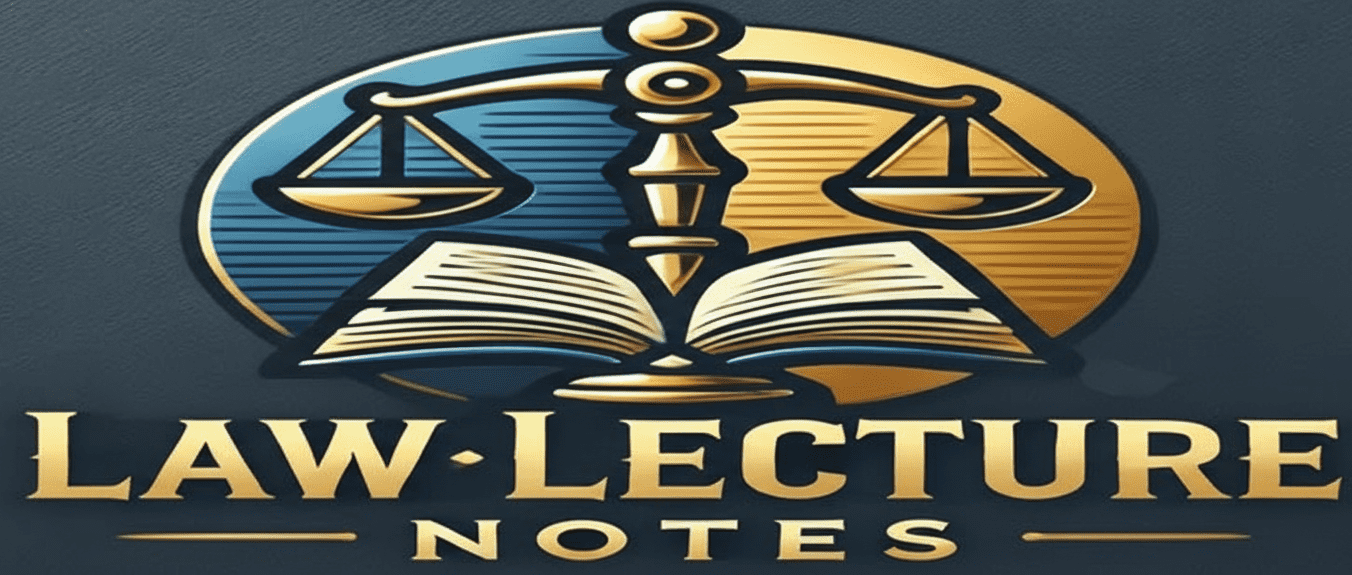
In the realm of tort law, “damages” refers to the pecuniary compensation awarded by a court to a plaintiff for the harm or loss suffered as a result of a wrongful act committed by a defendant. This legal concept is distinct from “damage,” which signifies the actual harm or loss itself. The principal aim of the law of torts is often the compensation of victims or their dependents.
A defining characteristic of damages in tort is that they are unliquidated. This means the compensation amount is not predetermined or agreed upon by the parties, but rather left to the discretion of the court to determine what is “just and reasonable” based on the harm sustained. This stands in contrast to contract law, where damages may be liquidated.
Various types of damages can be awarded in tort actions:
- Compensatory Damages: These are the most common form, aiming to restore the injured party, as far as money can, to the position they would have been in had the tort not occurred.
- Nominal Damages: Awarded when a legal right has been infringed, but no actual pecuniary loss or damage has been proven. This is encapsulated by the maxim injuria sine damno (“injury without damage”), where the mere violation of a right is actionable per se. For example, in Ashby v. White, the defendant’s wrongful refusal to allow the plaintiff to vote, despite no actual loss, resulted in nominal damages.
- Aggravated Damages: These may be awarded when the defendant’s improper motive or conduct, such as fraud, malice, violence, or cruelty, aggravates the plaintiff’s injury to their person, character, or feelings.
- Exemplary or Punitive Damages: These go beyond mere compensation and are intended to punish the defendant and deter them from similar conduct in the future. In India, exemplary damages have been awarded in cases involving “oppressive, arbitrary, unconstitutional action by government servants” or when a defendant profits from a tort. A notable example is Bhim Singh v. State of J. & K., where the Supreme Court awarded Rs. 50,000 in exemplary damages for the wrongful detention of an MLA, emphasizing the violation of his fundamental right to personal liberty. Such awards are seen as a public law remedy for fundamental rights contraventions, distinct from private law tort actions.
- Prospective Damages: These compensate for future losses that are reasonably likely to result from the defendant’s wrongful act but have not yet manifested at the time of the judgment.
The assessment of damages involves complex considerations of causation and remoteness. The “but for” test is fundamental: the harm must not have occurred “but for” the defendant’s wrongful act. However, courts also consider remoteness of damage, generally limiting liability to consequences that are foreseeable (the Wagon Mound principle). While intentional wrongdoers may be liable for all consequences, foreseeable or not, the chain of causation can be broken by an intervening act (novus actus interveniens) if it is sufficiently independent and unforeseeable. The “thin skull rule” further stipulates that a defendant must “take their victim as they find him,” meaning liability extends to the full extent of harm, even if the victim’s pre-existing vulnerability made the injury more severe.
In specific contexts, damages are tailored. Under the Fatal Accidents Act, 1855, dependents can claim for loss of dependency (pecuniary loss from the deceased’s support), often assessed using the multiplier method. Damages for the benefit of the estate cover losses suffered by the deceased before death, such as pain and suffering, medical expenses, and loss of expectation of life. The Motor Vehicles Act also provides for “no-fault liability,” allowing fixed compensation sums for death or permanent disablement without needing to establish fault, alongside traditional fault-based claims.
In conclusion, damages in tort law serve as the primary mechanism for redress, encompassing various forms of compensation, punishment, and deterrence, reflecting the dynamic nature of civil wrongs and societal needs for justice.
